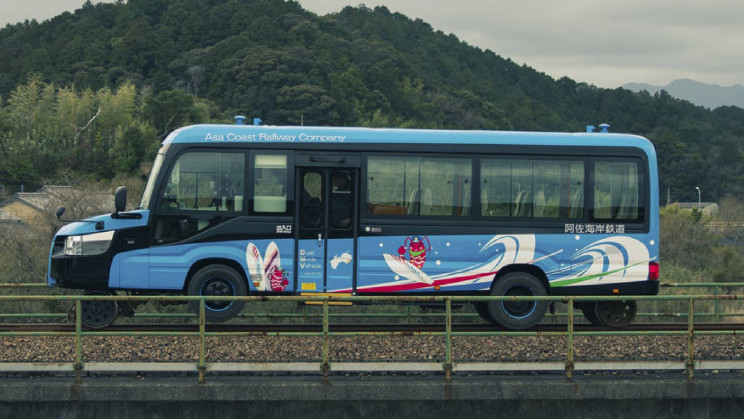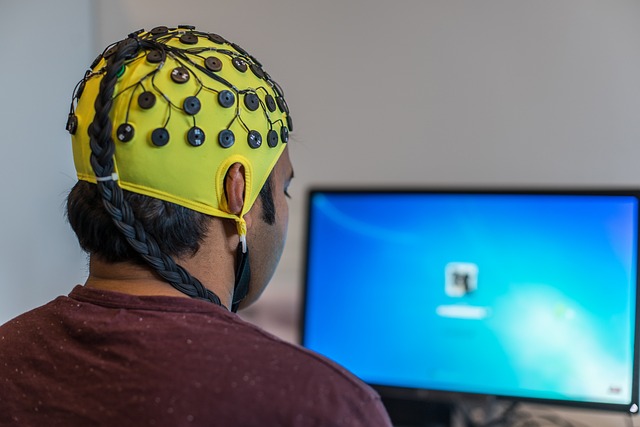Allowing Robots To Get Their Job Done, While Protecting People
The question most often asked at the inflection point of a new technology or set of technologies is “how can we make the most efficient use of it/them?” With robotic technologies built on 3-D range cameras, sensors, obstacle detection systems, robotic arms, etc. basic rules concerning their capabilities, operation and safety must be developed and mainstreamed if their full value is to be realized.
For the leading companies in the world continually at the vanguard of new and game changing high technology, there is an educational process that must occur to bring public sector regulators up to speed so regulations and safety standards are informed and reasonable.
Of course many regulatory bodies are filled with people who have been in the industries they regulate but with technological change occurring so quickly those in the private sector must work both to conform to and influence safety standards.
Improving Norms & Standards For Mobile Robots
By way of example, Munich, Germany based BMW is continually ramping up its use of industrial robots in the production of automobiles. Traditionally robots have been stationary and often surrounded by protective cages so that humans in the vicinity are protected. With the advent of mobile robots, which are expected to collaborate with humans, a whole new set of operational and safety issues is under discussion with new regulations in the pipeline.
The regulatory process between German regulatory authorities and the companies they regulate must strike a fine balance between allowing a business to grow and flourish with efficient, effective and profitable robots while at the same time meeting minimum safety standards.
Take for instance a mobile robot going about its routine and a human walking in its path. If the mobile robot doesn’t have the capability to suddenly stop moving toward the human and injures them, the benefits of mobile robots quickly evaporate.
BMW Visits MIT
BMW is a regular visitor to the Massachusetts Institute of Technology (MIT) and its Industry Collaboration program and works with Julie Shan of the Interactive Robotics Group.
Both MIT and BMW look to US National Institute of Standards & Technology (NIST) working groups and the standards and safety specifications they develop in certifying mobile robots as safe to collaborate with people in factory settings. BMW uses ideas it finds as it works with German regulators to forge German rules on safe operation of mobile robots in German factories.
Sensing The Environment To Anticipate Where People Will Be
In the world of sports the best athletes are often described as being several steps ahead of the other athletes, anticipating where they will be a few seconds in the future. The same goes for new mobile robot sensor systems under development that make robots omni-aware so as to plan their movement and motion paths in a smooth choreographed, rather than a herky-jerky, manner.
As the use of mobile robots becomes more common in industrial settings and a set of specification and safety standards developes, the contributions mobile robots make to industry will be optimized.
Related articles on IndustryTap:
- Animated Anthropomorphic Companion Robots
- NBA Champion Marco Belinelli Teaches a Robot How To Shoot 3 Pointers
- KUKA Robotics Introduces Cold-Weather Palletizing Robot Series
- Google-Owned Boston Dynamics Created an Enormous, 330 Pound ‘Karate Kid’ Robot
- Ever Seen a Robot Riding a Hoverbike?
- 3D Robotics Unveils Aerial Mapping Drones, Priced at $5,400 a Piece
- Nestlé is Hiring 1,000 Robot Clerks For Its Japan Stores
- PIBOT: South Korean Robot Capable of Flying a Plane On a Flight Simulator
- Shrinky Dinks + Origami = Self Folding Robots on the Move
- Bake Your Own Robot? MIT Researchers Working Toward Major Advancement In Robotics.
References and related links:






